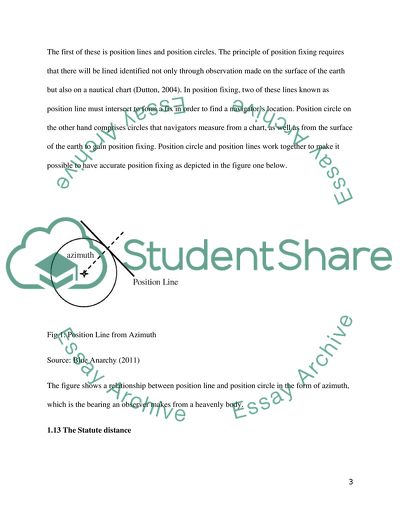Cite this document
(Operational Research and Information Management Case Study, n.d.)
Operational Research and Information Management Case Study. Retrieved from https://studentshare.org/information-technology/1818951-operational-research-and-information-management
Operational Research and Information Management Case Study. Retrieved from https://studentshare.org/information-technology/1818951-operational-research-and-information-management
(Operational Research and Information Management Case Study)
Operational Research and Information Management Case Study. https://studentshare.org/information-technology/1818951-operational-research-and-information-management.
Operational Research and Information Management Case Study. https://studentshare.org/information-technology/1818951-operational-research-and-information-management.
“Operational Research and Information Management Case Study”. https://studentshare.org/information-technology/1818951-operational-research-and-information-management.


